Wiki Loves Earth is an annual international photo contest of natural monuments, where participants take pictures of protected areas and upload their photos to Wikimedia Commons.
The goal of the project is, on one hand, to picture under a free license as many natural monuments and protected areas as possible, on the other hand, to contribute to nature protection by raising public awareness. These pictures are to be used to illustrate articles on Wikipedia and other Wikiprojects (Wikivoyage, Wikinews, Wikiquote, etc.).
Wiki Loves Earth international statistics
| Year | Countries | Uploads | Images used in the wikis | Uploaders | Uploaders registered after the competition started |
| 2013 | 1 | 9695 | 9446 (97%) | 346 | 275 (79%) |
| 2014 | 14 | 62541 | 19470 (31%) | 2889 | 2370 (82%) |
| 2015 | 25 | 104201 | 26216 (25%) | 8837 | 7745 (87%) |
| 2016 | 24 | 109936 | 21966 (19%) | 13187 | 11749 (89%) |
| 2017 | 36 | 130482 | 25791 (19%) | 15074 | 13728 (91%) |
| 2018 | 32 | 89683 | 17590 (19%) | 7645 | 6359 (83%) |
| 2019 | 37 | 94699 | 17146 (18%) | 9699 | 8407 (86%) |
| 2020 | 34 | 106020 | 25131 (23%) | 9095 | 7636 (83%) |
| 2021 | 35 | 62491 | 8062 (13%) | 4337 | 3353 (77%) |
| 2022 | 39 | 23889 | 1502 (6%) | 1236 | 818 (66%) |
| 2023 | 50 | 60941 | 6825 (11%) | 3404 | 2396 (70%) |
| 2024 | 56 | 79665 | 11908 (14%) | 3861 | 2726 (70%) |
| 2025 | 56 | 79424 | 10478 (13%) | 5273 | 3956 (75%) |
Detailed statistics and graphs for each country are also available in this source.
History of Wiki Loves Earth
After years of successful organization of the Wiki Loves Monuments contest, there was an idea of a similar contest for natural monuments.
The idea of Wiki Loves Earth was born in April 2012 during a discussion between representatives of Wikimedia Ukraine and Wikimedia RU.
The idea was realized for the first time in Ukraine, where the contest was held from April 15 to May 15, 2013. There were 11,736 picture entries at the competition, uploaded from April 15 to May 15, 2013. 1104 natural monuments of Ukraine (out of the listed 7,384) were photographed, and 365 people took part in the contest. The number of newly illustrated articles about natural heritage sites was 172. The contest was ranked as the 2nd coolest project of Wikimedia Chapters at Wikimania 2013.
The contest became international in 2014 with 16 countries participating from four different continents: Europe, Asia, Africa, and America.
During the contest, over 70,000 pictures were submitted by more than 3,000 participants. Similar to Wiki Loves Monuments, the contest was organized through numerous national contests and coordinated by local volunteers. The national juries submitted then up to 10 pictures to the international stage of the contest. With 16 participating countries, the international jury had to consider a total of 156 picture candidates.
In 2015, the Wikimedia community, with the help of its Ukrainian and Polish Chapters and volunteers, held the third edition of the contest. Over 100,000 pictures were submitted by the participants. With 26 participating countries, the international jury had to consider a total of 259 candidate pictures.
In 2016, Wiki Loves Earth made one more step towards expanding geography. Apart from traditional country-based contests in 26 countries, a new nomination was added in collaboration with UNESCO: participants were invited to upload photos of UNESCO biosphere reserves in 120 different countries. Most countries organized the contest from 1 May to 31 May 2016, while some countries and UNESCO special nomination extended the contest period till 30 June. During the contest, over 115,000 pictures were submitted by more than 13,600 participants.
In 2017, Wiki Loves Earth expanded its geography more than ever. A record number of 36 countries organized a national stage, including some first-time participants like Bangladesh, Canada, Indonesia, and Norway. 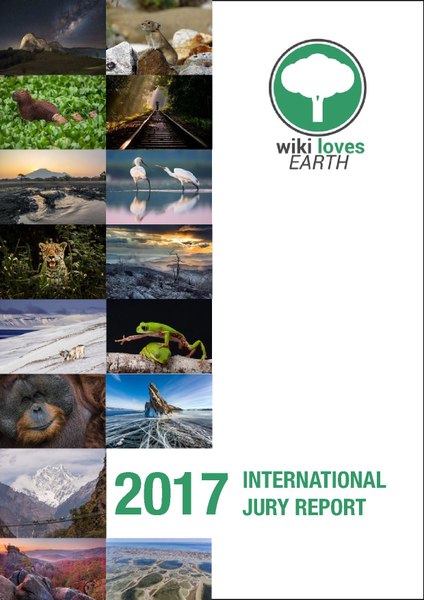 In 2016, there was a special nomination in collaboration with UNESCO on UNESCO biosphere reserves in 120 countries. Most countries organized the contest from 1 May to 31 May 2017, while some countries and UNESCO special nomination extended the contest period till 30 June. During the contest, a record number of 131,984 pictures were submitted by 15,299 participants, nearly 14,000 of whom made their first upload. Winners page
In 2016, there was a special nomination in collaboration with UNESCO on UNESCO biosphere reserves in 120 countries. Most countries organized the contest from 1 May to 31 May 2017, while some countries and UNESCO special nomination extended the contest period till 30 June. During the contest, a record number of 131,984 pictures were submitted by 15,299 participants, nearly 14,000 of whom made their first upload. Winners page
In 2018, the contest was held for the sixth time. The number of photos uploaded by participants from 32 countries across the world reached almost 90 thousand, and the contest helped attract more than 6 thousand new users. Participants were invited to upload photos in a separate category for UNESCO biosphere reserves and UNESCO Global Geoparks across the globe. See the winners of the 2018 contest.
reached almost 90 thousand, and the contest helped attract more than 6 thousand new users. Participants were invited to upload photos in a separate category for UNESCO biosphere reserves and UNESCO Global Geoparks across the globe. See the winners of the 2018 contest.
2019 became a year when the number of participating countries was the largest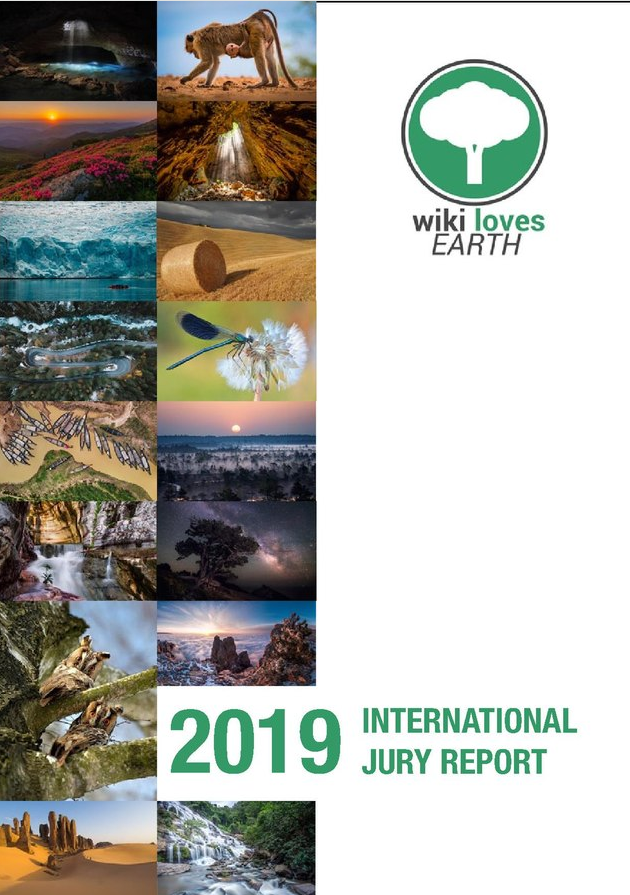 in the history of the contest. 37 countries took part, uploading almost 95 thousand photos and attracting more than 6 thousand new users. Most of the uploaded photos are simply breathtaking — just look.
in the history of the contest. 37 countries took part, uploading almost 95 thousand photos and attracting more than 6 thousand new users. Most of the uploaded photos are simply breathtaking — just look.
In 2020, the contest was successfully held after the first year of the pandemic.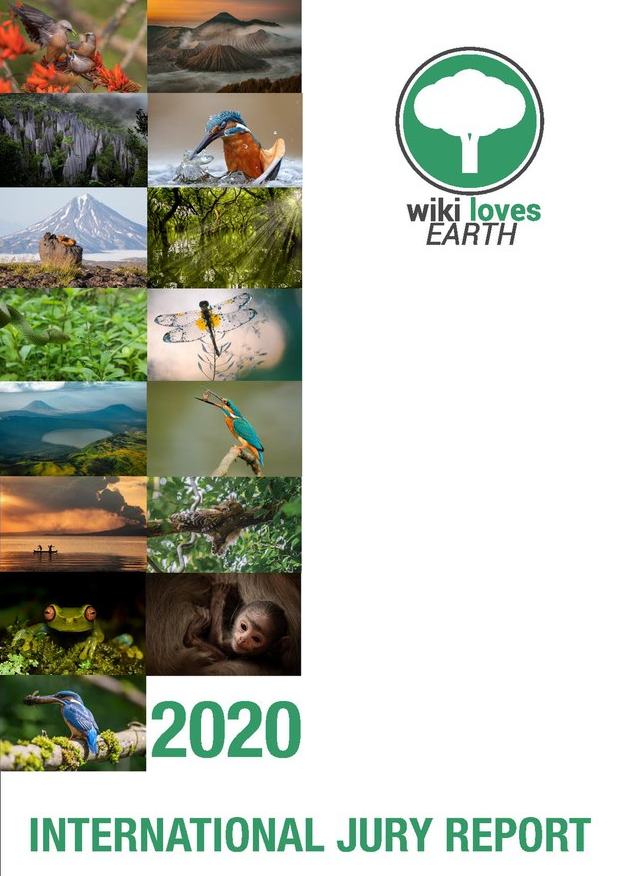 34 countries took part in the contest, and 106,020 images were uploaded.
34 countries took part in the contest, and 106,020 images were uploaded.
Check the winning images here.
2021 became a year of innovations. That year, for the first time, the division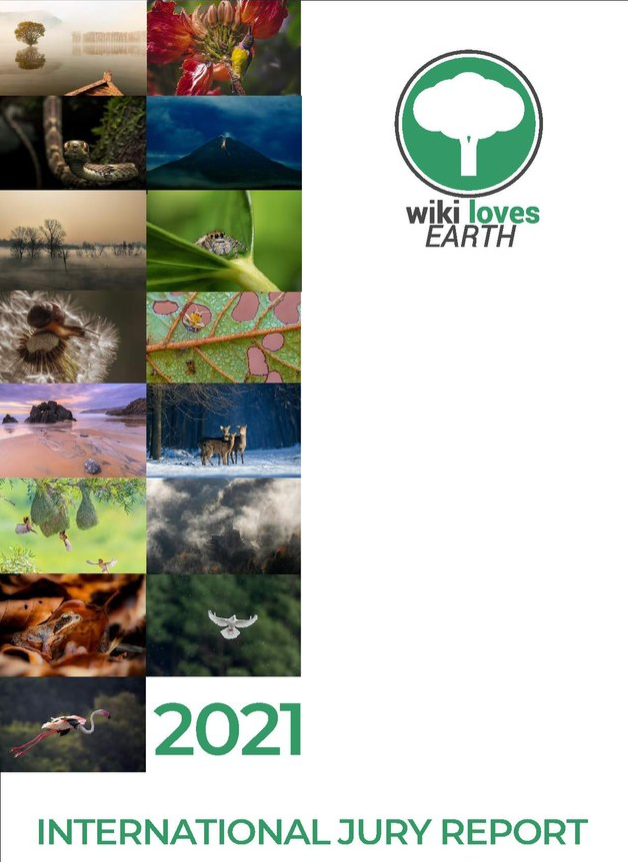 into two categories at an international level happened: uploaders could upload their images for macro and landscapes categories.
into two categories at an international level happened: uploaders could upload their images for macro and landscapes categories.
As a result, we have got 62,491 images from 35 countries and defined the international winners in two categories. Look at this variety of photos!
As well Wiki Loves Earth started to support the initiative Wiki4HumanRights, which partners with the Wikimedia Foundation (WMF) and the Office of the High Commissioner for Human Rights (OHCHR). Its goal is to raise awareness of nature protection and human impacts on nature.
9 countries took part in this special nomination called “Human Rights and Environment”. Check the final results of it!
In 2022, the international contest had a record number of participating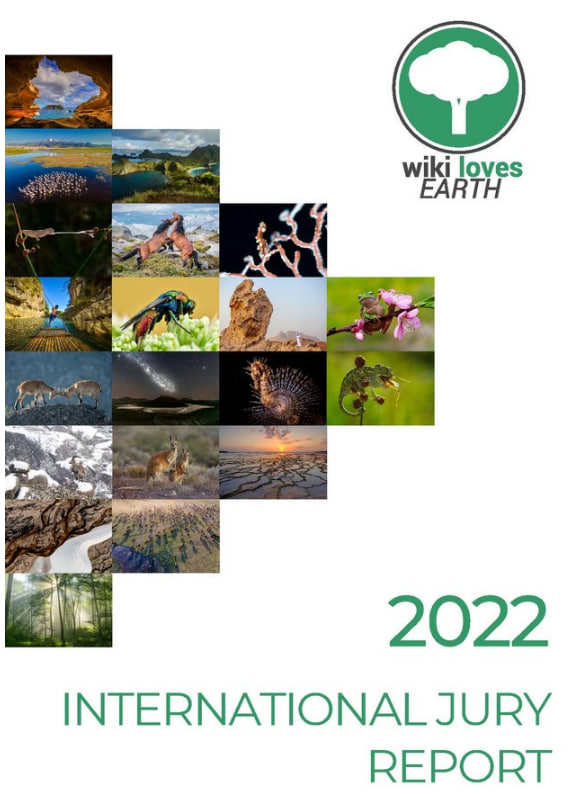 countries, which was 39.
countries, which was 39.
1,236 uploaders submitted 23,889 images again for two categories: macro and landscapes. Check the winning images!
Also, 2 countries (Portugal and Germany) took part in the special nomination “Human Rights and Environment” and 5 images from Germany appeared in the final top.
The year 2023 became a year of the record number of participating countries,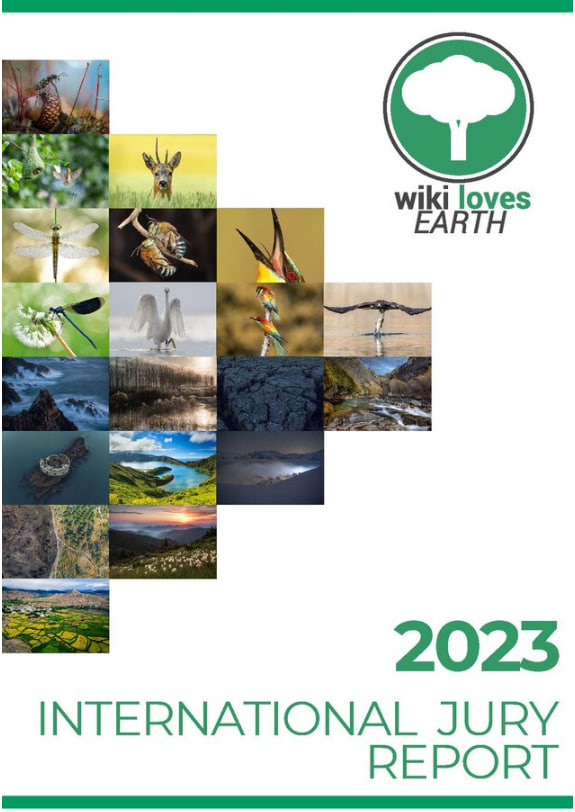 which was 50! It was also the 10th edition of the contest.
which was 50! It was also the 10th edition of the contest.
As a result, we received 60,941 images from 3,404 uploaders.
One change to the rules was added: on the international level no more than two photos from one author will be selected in the top 20, as our goal is to diversify the winning images and showcase more natural monuments from various regions and authors.
Feel free to check the winners!
For the special nomination “Human Rights and Environment” we also made a change: since that year, we canceled a limit for participating countries, and anyone worldwide can upload images related to the topic.
So, overall, we received more than 8,500 images. The final top 10 is here.
In 2024, again, the record number of participating countries was increased to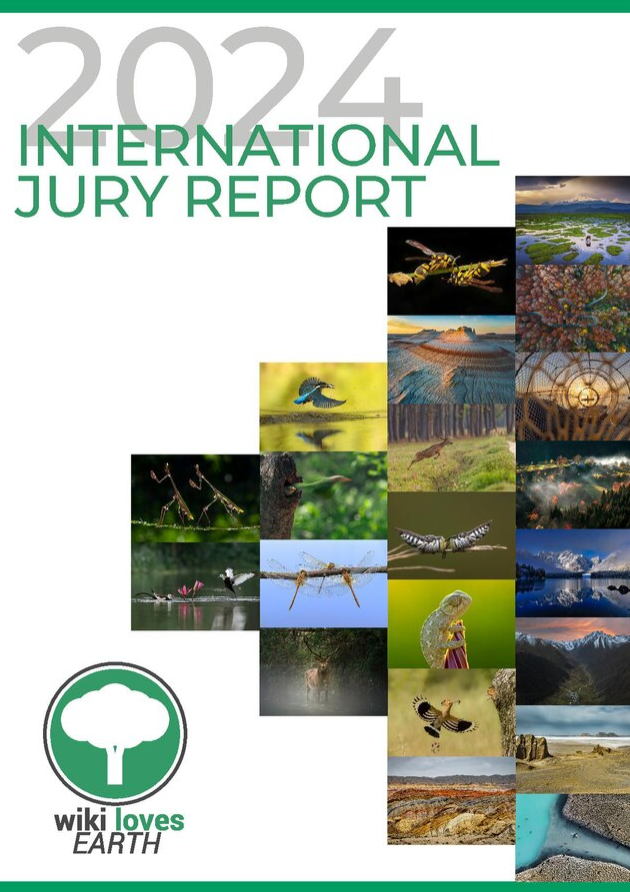 56.
56.
As a result, we received 80,123 images from 3,873 uploaders.
Check the final winners.
For the special nomination “Human Rights and Environment” we received more than 11,500 images. The final top is here.
For the first time, we organized a special “Video” nomination, where we received eight videos from 4 countries. The final results are here.
Stay tuned for the Wiki Loves Earth in 2025!


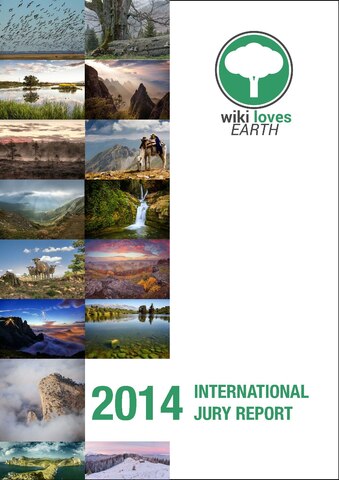

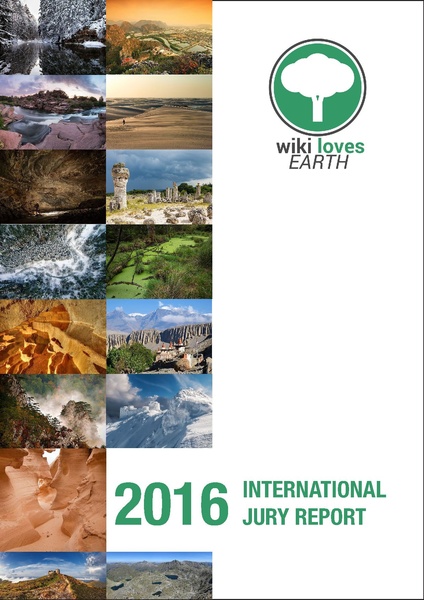

Hi All,
I have uploaded 13 photos related Sathuragiri Hills in India, but my name not listed in leaderboard (https://tools.wmflabs.org/wikiloves/earth/2017/India)
Kindly clarify whether my image will consider for contest or not and clarify reason for my name not listed in leaderboard.
Hi!
I would also love to know when the 2016 results will be announced, please.
Best,
International jury finished its work and was going to announce the winners but faced some trouble. They need some more time.
Hi
When will be the result of 2016 competition will be announced ?
Regards,
How We Know The Winner Of This Contest?Give the Link.
The winners will be posted in separate post in this blog and also here: https://commons.wikimedia.org/wiki/Commons:Wiki_Loves_Earth_2016/Winners
hi.i’am from india this link of winner, also for indian contest?
Here are the results of the contest in India: https://commons.wikimedia.org/wiki/Commons:Wiki_Loves_Earth_2016_in_India/Results
Where to write the description of the photos to be uploaded,is there any separate place or I can write the description underneath the photos,please help.
When you upload your pictures on page https://commons.wikimedia.org/wiki/Campaign:wle-in (for photos from India) there is a text field for the descriptions there. Does this answer your question?
How can i participate i am from india.
You can upload your images on this page: https://commons.wikimedia.org/wiki/Campaign:wle-in
Today is the last day!
How Can I Participate Im Colombian and I have several Images from the Tuparro Park a Resverve here in Colombia that appears can apply for the contest
Colombia takes part in the contest this year only with its biosphere reserves. So if you have photos of biosphere reserves you can upload them. See more at http://www.wikilovesearth.bio
How can i sent images from india..
You can do it on this page: https://commons.wikimedia.org/wiki/Campaign:wle-in (please register on that web-site)
Please don’t forget to give descriptions to the photos and name the protected area they are from
We are organizing the programme in India. Please visit the Indian page for more details. https://commons.wikimedia.org/wiki/Commons:Wiki_Loves_Earth_2017_in_India
Where can i upload my pic if i am from India and where can i register?
You can do it on this page: https://commons.wikimedia.org/wiki/Campaign:wle-in (please register on that web-site)
Please don’t forget to give descriptions to the photos and name the protected area they are from
UPTO HOW MANY PICS CANA PERSON UPLOAD AS HIS ENTRIES?
No limits.
how can i upload a pic of albania on this site
You can do it on this page: https://commons.wikimedia.org/wiki/Campaign:wle-al
Please don’t forget to give descriptions to the photos and name the protected area they are from
how can i upload a northern area pic of pakistan on this site
You can upload photos from Pakistan here: https://commons.wikimedia.org/w/index.php?title=Special:UploadWizard&campaign=wle-pk
Please register or log in on that site first.